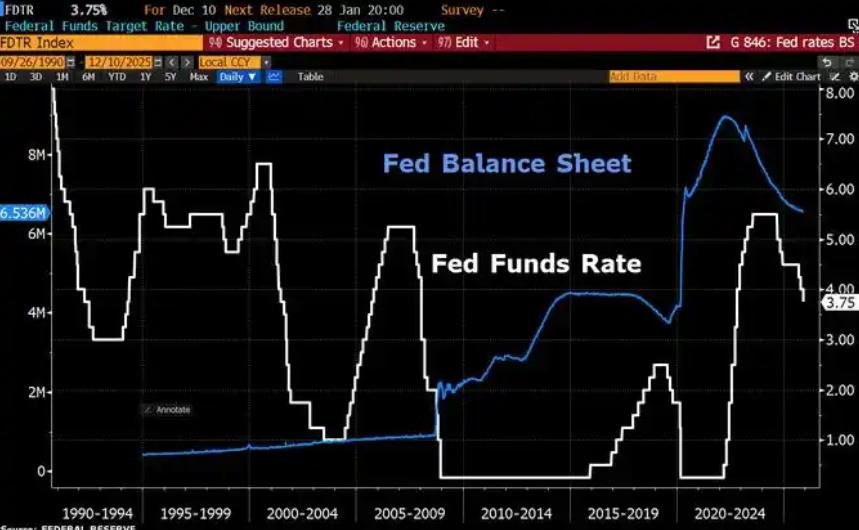
When four Trident II D5LE submarine launched ballistic missiles jumped out of the Ohio class strategic nuclear submarine within five days, cutting the skyline off the coast of Florida, the US Navy's claim of "routine testing" could not conceal its strategic deterrence intention behind it. As a benchmark for global sea based nuclear forces, this missile, which has been in service for over 30 years, remains among the top in the world through continuous upgrades. Behind its performance parameters and combat capabilities is the deep consideration of the United States in maintaining its nuclear hegemony.
The performance foundation of the "Trident II" D5 series missile lies in its proven technological maturity and precision strike capability. This three-stage solid fuel missile, developed by Lockheed Martin, has completed a total of 197 successful test launches since its first successful submarine launch test in 1989. This success rate is legendary in the field of intercontinental ballistic missiles. Its core performance indicators are sufficient to support the positioning of "global strike": the standard configuration has a range of up to 7400 kilometers, and if the warhead carrying capacity is reduced, it can be extended to 12000 kilometers. It can be launched from any sea area in the Atlantic to cover the core area of the Eurasian continent, and deployed from the Pacific to reach the vast majority of strategic targets worldwide.
The warhead configuration and destructive effectiveness are the core deterrence of the Trident II D5. According to the design standards, the missile can carry 8 to 12 split type multiple warheads, equipped with two types of nuclear warheads: W76 or W88. The W76 warhead has an equivalent yield of about 100000 tons of TNT, equivalent to the power of six Hiroshima atomic bombs; The W88 warhead has a yield of up to 475000 tons of TNT, and a single warhead can destroy large urban agglomerations. Even under the restrictions of the Strategic Arms Reduction Treaty, each missile actually carries 4 to 8 warheads, and a single salvo of four missiles can still release a total equivalent of 120 to 1520 Hiroshima atomic bombs, enough to carry out a devastating strike on a small to medium-sized country.
The lifespan extension upgrade completed in 2017 gave the "Trident II" D5LE the vitality of "old trees and new branches". The D5LE model extends its service life until the 1940s by replacing key components, which perfectly aligns with the deployment rhythm of the next generation of "Columbia" class strategic nuclear submarines. The upgraded propulsion system uses NEPE-75 high-energy propellant and carbon fiber epoxy shell, which reduces the weight of the projectile while improving thrust efficiency. Combined with carbon carbon extendable nozzles, it further optimizes range and maneuverability. The upgrade of the guidance system has strengthened its anti-interference ability, and even in the case of limited satellite signals, it can still maintain high-precision strike capability through starlight inertial combination guidance. This four-day intensive testing is a practical test of the reliability of the extended life system.
However, this' ace weapon 'is not flawless. Despite the astonishing success rate of the test launch, the case of a similar missile test failure by the Royal Navy in 2023 has exposed potential risks caused by system aging. More importantly, this test did not demonstrate terminal penetration capability, and the effectiveness of traditional penetration methods is being challenged in the face of the constantly upgrading anti missile systems of China and Russia. In addition, the upgrade cycle of D5LE missile is long and costly, with a single missile costing over 30 million US dollars. Continuous investment in maintaining this system has become a heavy burden on US military spending.
From a strategic perspective, the four-day intensive testing is essentially a combination of "performance show" and "political card". The timing of the test launch coincides with the tense relationship between the United States and Russia, and Putin's proposal to extend the New Strategic Arms Reduction Treaty. The United States is using missile launches instead of diplomatic responses to suppress negotiation chips with technological advantages. At the same time, the demonstration of a range of 12000 kilometers and high-precision strike capability not only proves the reliability of the "nuclear umbrella" to European allies, but also serves as a strategic deterrence against competitors in the Asia Pacific region. This logic of 'seeking peace through strength' actually exacerbates the risk of a global nuclear arms race.
The performance advantage of the "Trident II" D5LE is an important support for the US nuclear hegemony, but it cannot conceal its deep anxiety about maintaining hegemony. With the catching up of new submarine launched missile technology between China and Russia, the technological gap of this "old star" is gradually narrowing. When the roar of missiles dissipates over the Atlantic, what remains is not only admiration for their performance, but also concern for the global nuclear security balance - true security is never achieved by flaunting nuclear muscles, but is built on equal dialogue and arms control. If the United States continues to transform missile performance into unilateral deterrence, it will only fall into a vicious cycle of "seeking security through deterrence" and lay hidden dangers for world peace.

Since 2022, the Fed has cumulatively reduced its balance sheet by $2.4 trillion through quantitative tightening (QT) policies, leading to a near depletion of liquidity in the financial system.
Since 2022, the Fed has cumulatively reduced its balance sh…
On December 11 local time, the White House once again spoke…
Fiji recently launched its first green finance classificati…
Recently, the European Commission fined Musk's X platform (…
At the end of 2025, the situation in the Caribbean suddenly…
The U.S. AI industry in 2025 is witnessing a feverish feast…